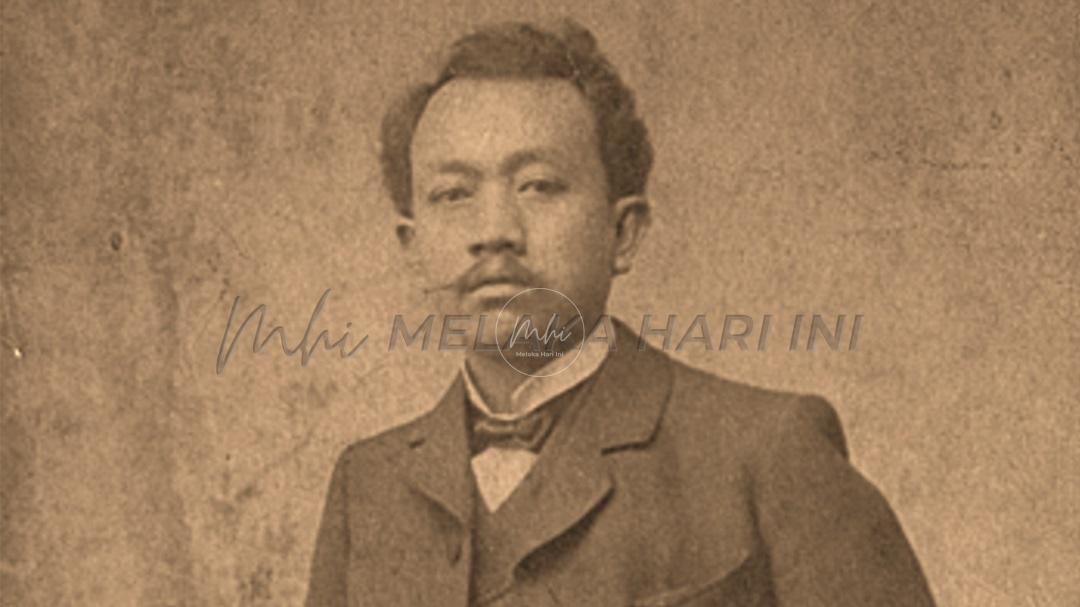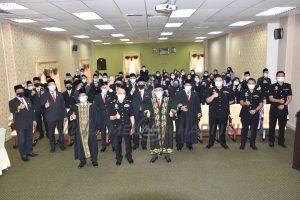
The Minangkabau Press: Expressions of Kemadjoean, Kaum Muda and Kaum Tua in the Sumatra Westkust
PADANG, the rantau of the Minangkabau heartland is an understated port, and town; and today the capital of West Sumatera. It is located in what was known as Sumatra’s Westkust in Dutch East Indies. The first four decades of the last century saw it as the hub of journalism and periodical publication, inducing the phase of consciousness amongst the Minangkabau people under conditions of Dutch colonialism.
The rise of newspapers and journalism in Padang can only be understood in the context of change and modernization, accelerated by colonial policies that both induced and reflected the stability, dynamism and conflict in Minangkabau society. The first newspaper appeared about 30 years after the end of the Paderi Wars. Padangsche Nieuws-en Advertentieblad was published in 1860 and two years later change its name to Sumatra Courant. The Indo-European/Dutch newspapers pioneered the way for Bahasa Melayu newspapers and periodicals there.
Since 1900 there were no less than 25 printing houses. Almost 100 out of some 200 newspapers and periodicals published in the Westkust between 1900 to 1941 were in Padang. The city also attracted Chinese and Indian (Keling) publishers. Major newspapers, modern by today’s standards, with news, local and foreign, views and opinions, as well as advertisements for various products, included Sinar Sumatra, Warta-Hindia, Oetoesan Melajoe and Radio. Their daily circulation ranged from 1,500 to 3,000.
Kemadjoean (progress) was the mantra. Many socio-historical studies would categorise it, as that of progress (and change and development). Kemadjoean becomes a central theme in the narrative attributed to the elites and intelligentsias. It was the leitmotif in debates and polemics amongst Minangkabau intellectuals during that period.
Up to the present, popular and academic discourse in Sumatra, either in Medan or in Padang, would resonate the rhetoric of Kaum Muda – the Reformists or the New Guard, and Kaum Tua or the defenders of Islamic conservatism, within the concept of kemadjoean. My talks and lectures on the press and journalism to academics, journalists, cultural and social activists there over the last two decades would be responded with lines of argument corresponding to the two strands of thought.
The label Kaum Muda/Kaum Tua was also associated in writings on Islamic reform and early Malay journalism in Malaya. Some would have encountered it through the editors of the periodical Al-Imam (1906-08) published in Singapura. It was also the catch phrase appearing in periodicals in West Sumatra and other parts of the island, and also in Java.
The phrase can be traced to Minangkabau intellectual and writer Dr. Abdul Rivai. He was editor of the magazine Bintang Hindia published in Amsterdam. Historian and Indonesianist Ahmat Adam in his book Suara Minangkabau: Sejarah dan Bibliografi Akhbar dan Majalah di Sumatera Barat 1900-1941 (2012), saw in Rivai’s writings between 1902 and 1907 the emphasis on the importance of acquiring knowledge and giving priority to education. Rivai was addressing the bangsa bumiputera in Minangkabau society.
Immediately entrusted as editor of Bintang Hindia, he gave expression on ideas about change and progress by dividing the “kaum elit bumiputera” into two groups, what Rivai called the “bangsawan usul” (the orthodox elite) and “bangsawan fikiran” (the thinking elite). According Rivai, one is born as a “bangsawan usul,” one inherits the bangsa of one’s ancestors. But in terms of knowledge and skills, we are only, to Rivai, like “kodok di bawah tempoerong” (Frog under the coconut shell).
Rivai therefore suggested that the Minangkabaus become the “bangsawan fikiran” – the thinking elites. That to him was achievable. From his observation on the bangsa bumiputera on Sumatra’s Westkust, Rivai came up with the phrase Kaum Muda, whom he associated with the “bangsawan fikiran”. The “kaum kuno” (old guard) then becomes the antithesis, the backward group. Interestingly Rivai made reference to the modernization of the Chinese in advancing Chinese education in Sumatra in the early 1900s.
The debate was manifested in Minangkabau journalism during the period. Oetoesan Melajoe was one such newspaper. Published as a daily beginning 2 January 1915, the newspaper was the voice for the kaum adat, the advocates of matrilineal culture due to the commitment of its editor, Datoek Soetan Maharadja. Oetoesan Melajoe and Datoek Soetan were a major forces in the development of newspapers and journalism in Sumatra Westkust. He brought in a position opposed to the Kaum Muda. He was critical and sarcastic against what he saw as the voice of the Wahabi in Al-Moenir and Al-Achbar, published by Hadji Abdullah Ahmad, the chairman of Sarekat Islam in Padang
Ahmat Adam’s work resonates colonial conditions and the conflict within Minangkabau society. A comprehensive review and critique of Suara Minangkabau is long overdue. Published some nine years ago in 2012, it is a detailed and erudite study of newspapers and periodicals in West Sumatra – a continuation of his earlier work on “indigenous” journalism in Indonesia, published as The Vernacular Press and the Emergence of Modern Indonesian Consciousness (1995).
The author is committed to prove that every “pengarang, penolong pengarang, pemberita atau koresponden mahupun akhbar dan majalah yang diterbitkan, telah terlibat baik secara langsung mahupun tidak langsung dalam pertubuhan yang membawa ideologi yang dipengaruhi oleh agama atau adat mengikut apa yang difahaminya mengenai konsep kemajuan itu” (pages 4-5). I translate this as the intention of the author to prove that every editor, assistant editor, reporter or correspondent even of the newspaper and magazine published, have been involved directly or indirectly in organizations that subscribe to ideologies influenced by religion or custom based on what is understood on the concept of progress.
Minangkabau journalistic activities, though not unique in itself, illustrate the emergence of conflicts involving adat, reformist Islam, Islamic conservatism, and anti-colonialist politics among the Minangkabau people in the Westkust. Unfortunately, Ahmat Adam’s pioneering and remarkable study has not generated the attention it deserves among scholars and students in Malaysia and Indonesia.
Langgani saluran Telegram kami untuk dapatkan berita-berita yang terkini.


